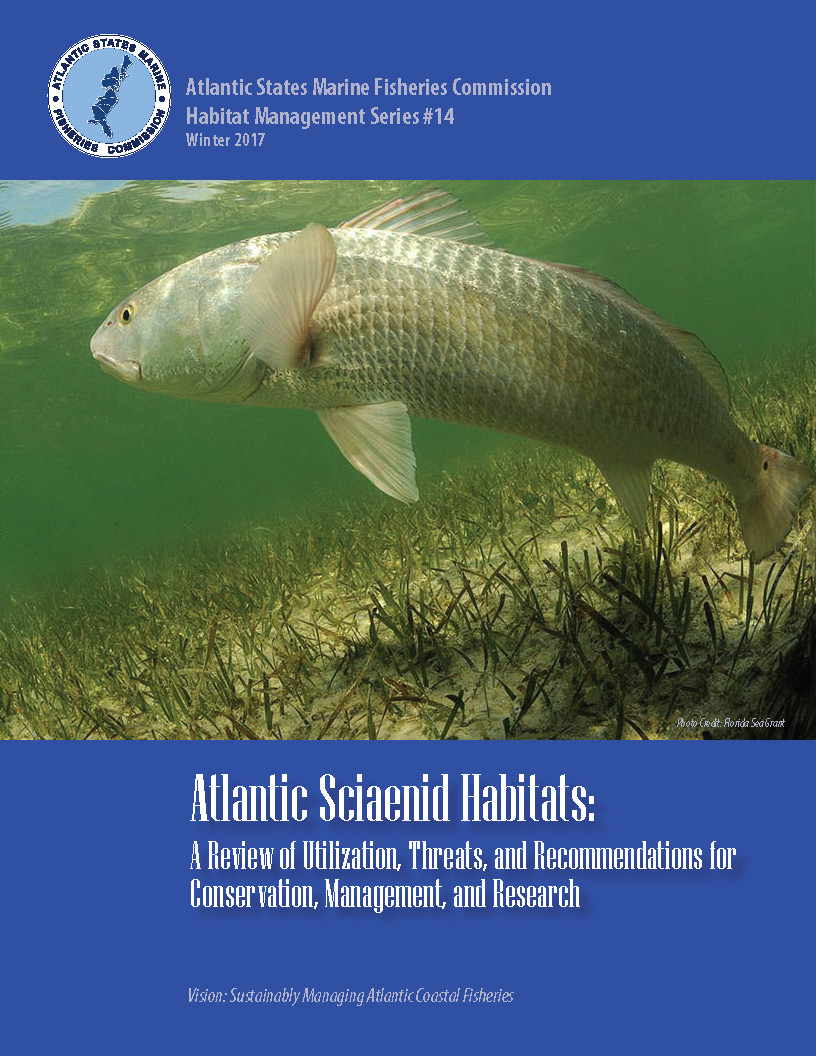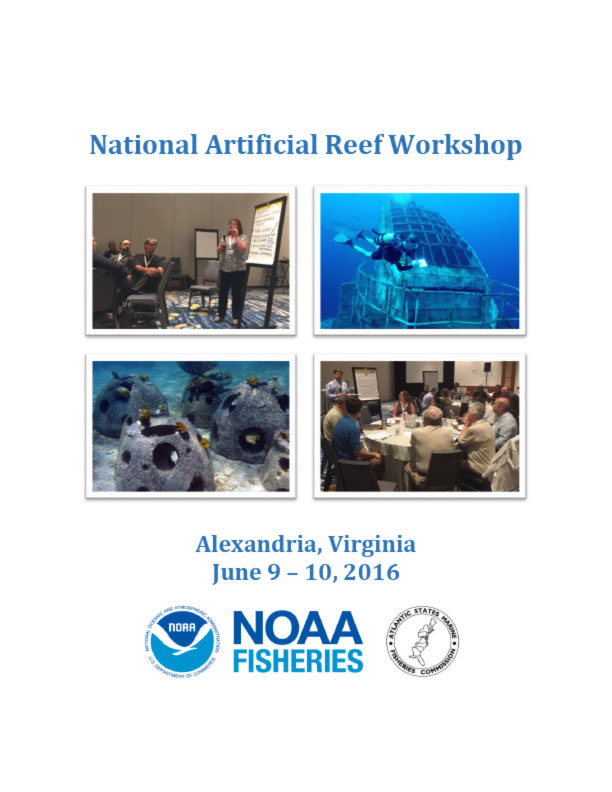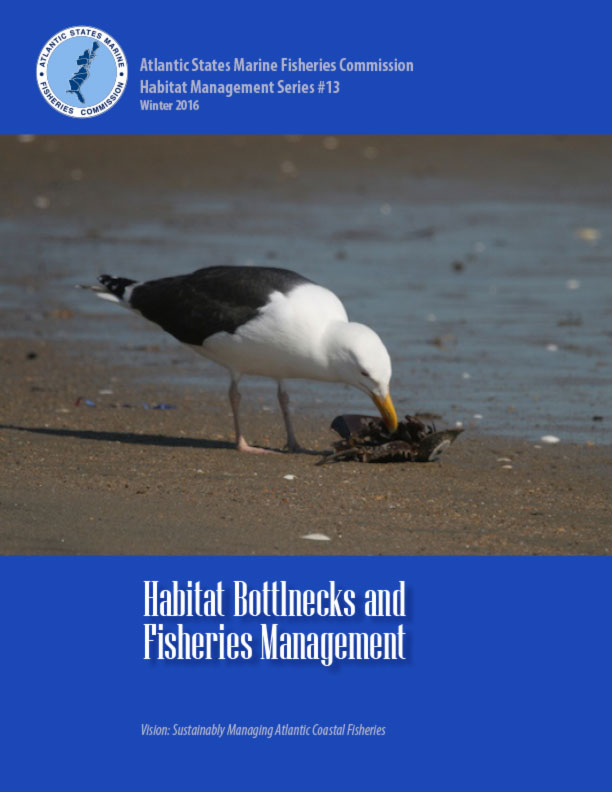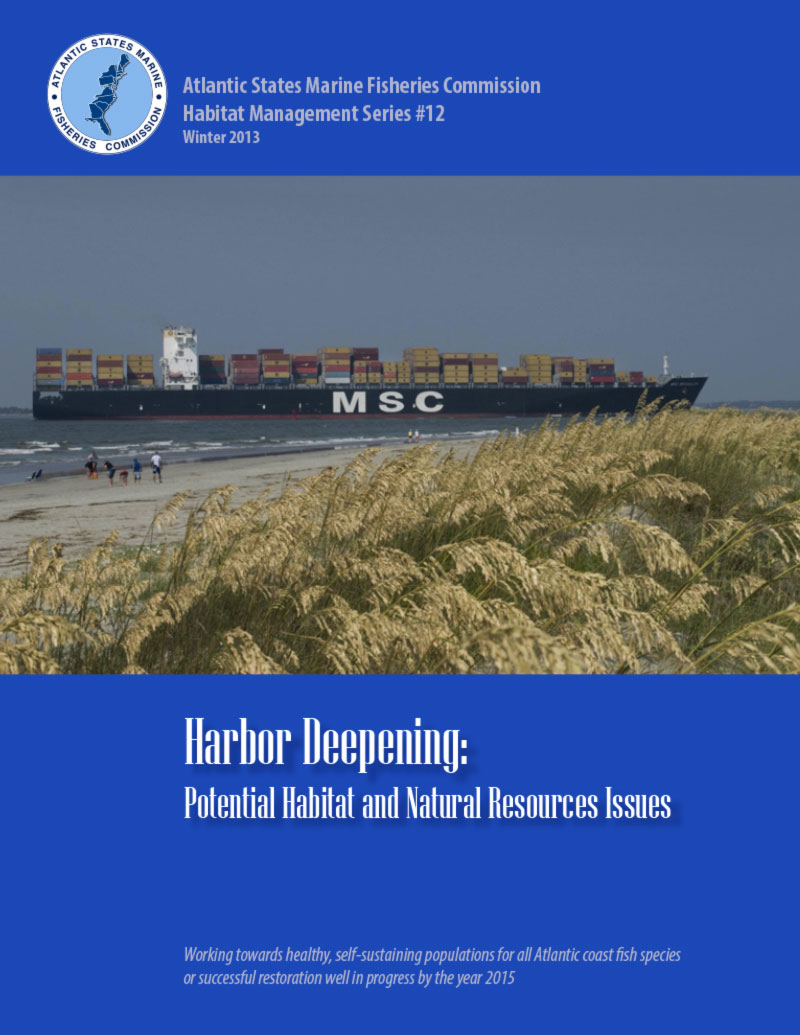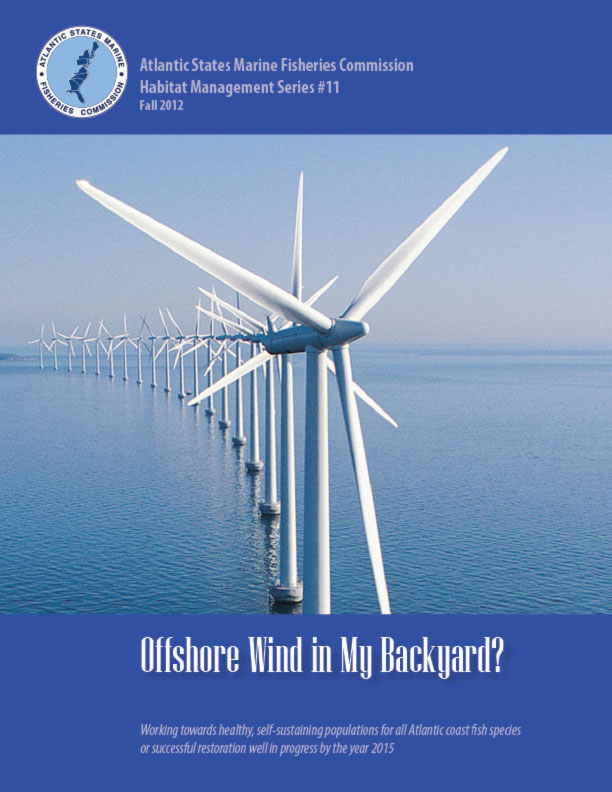ASMFC coordinates interstate fishery management plans (FMPs) for Atlantic croaker, black drum, red drum, spot, spotted seatrout, and weakfish. This document is intended to provide up to date information on each of these species’ biology, habitat needs, and habitat stresses.
Habitat Special Reports
In-depth reports on specific topics or issues of particular importance to fisheries management and conservation.
-
-
NOAA Fisheries and the Atlantic States Marine Fisheries Commission (ASMFC) convened a national artificial reef workshop June 9–10, 2016, in Alexandria, Virginia. Nearly 80 participants from around the nation—including state artificial reef program managers, scientists, recreational fishermen, and non-governmental organizations, among others—shared lessons learned in artificial reef application, discussed opportunities and challenges, and considered the potential future direction of artificial reefs in U.S. waters.
-
ASMFC’s Habitat Committee has been working with the concept of habitat bottlenecks as a means of focusing both research and management on those areas likely to yield the greatest returns.
-
The Delaware River is unique along the Atlantic Coast in that it is free‐flowing along the entire length of the mainstem, which allows numerous species of migratory fish and freshwater mussel species to persist far up into its headwaters where in similar East coast aquatic systems they’ve been long extirpated.
-
Amendment 3 to the Interstate Fishery Management Plan for Shad and River Herring requires states to develop habitat plans for American shad, focusing on threats that are deemed most significant. The Susquehanna River Anadromous Fish Restoration Cooperative (SRAFRC) has determined that the most significant threats to American shad are barriers to migration and water quality.
-
Harbor and channel deepening projects are invariably complex, posing a plethora of challenges during their planning and construction phases. Protection of fishery resources and habitat should be established as a primary goal early in the planning process and continued throughout the life of the project.
-
-
Fishery Management Plans seeking to restore populations must recognize the need to reconnect fish with such habitat by getting the runs past stream barriers. This document summarizes the evaluation by the Fish Passage Working Group of available technologies to accomplish effective passage.
-
Habitat Management Series #10 — Wave action, shoreline erosion, and the mixing of saline and fresh waters are a few of the physical processes in estuaries and coastal zones that help create and maintain diverse habitat for resident and transient marine species.
Get Hooked on ASMFC News
Dive into the latest updates and catch all the important news by joining our newsletter mailing list. Stay in the loop with meeting agendas, fisheries management news, and more.
